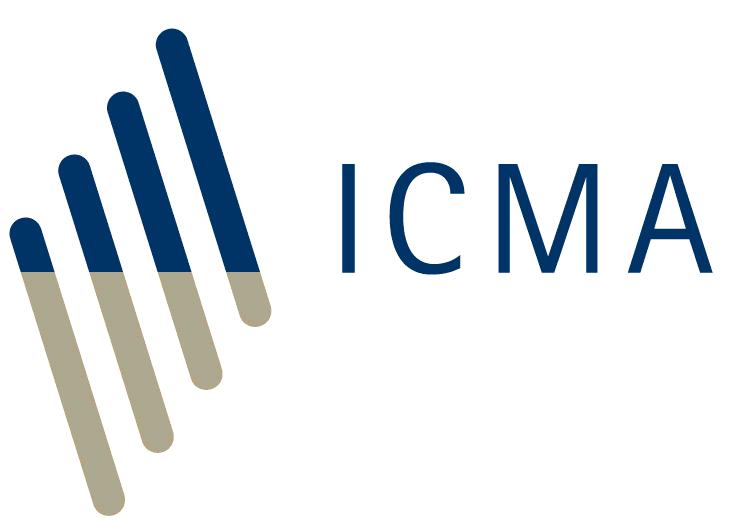Shadow banking is currently the subject of scrutiny by regulators and the repo product is part of this process. The Financial Stability Board has had a workstream looking at repo (and securities lending) for some time and the European Commission issued a green paper on 19 March 2012.
ICMA's European Repo and Collateral Council wishes to ensure that policy-makers understand how repo and repo market works, and that they recognise the role repo plays in traditional banking, as well as in supporting the efficiency and stability of the financial system. It therefore commissioned two studies, the first on collateral haircuts, the latest on issues such as asset encumbrance and transparency.
Haircuts and initial margins in the repo market - February 2012
This paper, written by Richard Comotto of the ICMA Centre, questions the popular view of the role played by collateral haircuts in the recent crisis
A haircut is a percentage discount deducted from the market value of a security that is being offered as collateral in a repo in order to calculate its purchase price. The adjustment is intended to take account of the unexpected losses that one party to the repo trade might face in buying (or selling) the security if the other party defaults.
Regulators are concerned that the application of haircuts could amplify negative market trends. They worry that, in a situation when asset prices are falling, increases in haircuts in response to a loss of confidence could reduce liquidity of market users who may then sell assets, so reducing the price and causing haircuts to be increased again. This theoretical scenario has been blamed by some for exacerbating the market crisis.
The paper refutes this view, citing evidence, much of it from official sources, that haircuts did not in fact change much during 2007-2009. Rather market issuers initially responded to the crisis by reducing or withdrawing credit lines, shortening the terms for which they were willing to lend and narrowing the range of collateral they were willing to accept.
The author examines the data on which academic studies of this phenomenon have been based and finds that these have been largely focused on the use of structured credit as collateral in the US market. This has been extrapolated to the wider global market without adequate consideration of the differences in market structure. The paper concludes that there is no empirical evidence to suggest that the imposition of haircuts in Europe was a major contributor to the market crisis.
To read the paper, click here.
Shadow banking and repo - March 2012
This paper, also by Richard Comotto, of the ICMA Centre University of Reading, makes a number of key points about the repo market:
- Repo is not inherently a ‘shadow banking’ tool. It has been widely used by traditional banks in Europe for many years and has helped many of these to ride out the crisis by giving them continued access to a source of term funding when unsecured term markets have been closed to them. Regulatory change needs to be careful not to undermine the efficiency of this important funding market or it risks restricting the flow of funding ultimately into the real economy.
- Regulators are concerned that collateralised instruments like repo facilitate or even encourage excessive leverage, which was a major factor in the recent crisis. In practice however, markets will not allow banks to keep borrowing, even against good collateral. The role of collateral is often misunderstood. Lenders are not indifferent to counterparty risk because of collateral. The repo market tends not to lend to riskier counterparties, even if they can offer the best collateral.
- A further concern of regulators has been the risk that collateralised lending ‘encumbers’ assets, in other words, there is less for distribution to unsecured creditors if a borrower goes bust. The paper argues that the risk of encumbrance is largely illusory, because assets given as collateral are replaced by cash.
- Use of collateral does not make borrowing risk-free but its prudent use is a source of stability for individual institutions and markets. There is a danger that the current discussion about collateralised lending paints collateral in a negative light. But collateralised lending is always preferable to unsecured funding. Regulators should therefore avoid action on repo that distorts the relative pricing advantage of secured over unsecured funding.
- Some commentators have suggested that repo suffered from a lack of transparency in the way it is accounted for on a bank’s balance sheet. In fact, the standard method of accounting expands the balance sheet to signal leverage, recent high profile cases involving misrepresentation of repo activity have been down to firms exploiting accounting loopholes.
- There is a case for improving the transparency of the repo market, although a lot of data already exists (including the ICMA’s semi-annual survey of the European repo market) and much is underexploited. Suggestions of a repo trade repository need to be carefully assessed. Trade repositories in instruments like derivatives have been proposed in order to address operational complexity, not just to collect market data.
To read the paper, click here.
A briefing paper by Richard Comotto, Senior Visiting Fellow at the ICMA Centre on the proposed regulatory imposition of a substantial minimum haircut on repo collateral is available from the link below.
To read the paper click here
Back to main Repo Markets page







